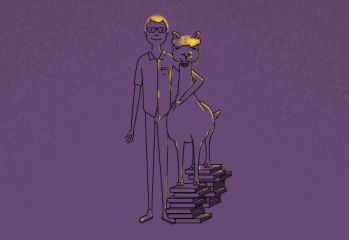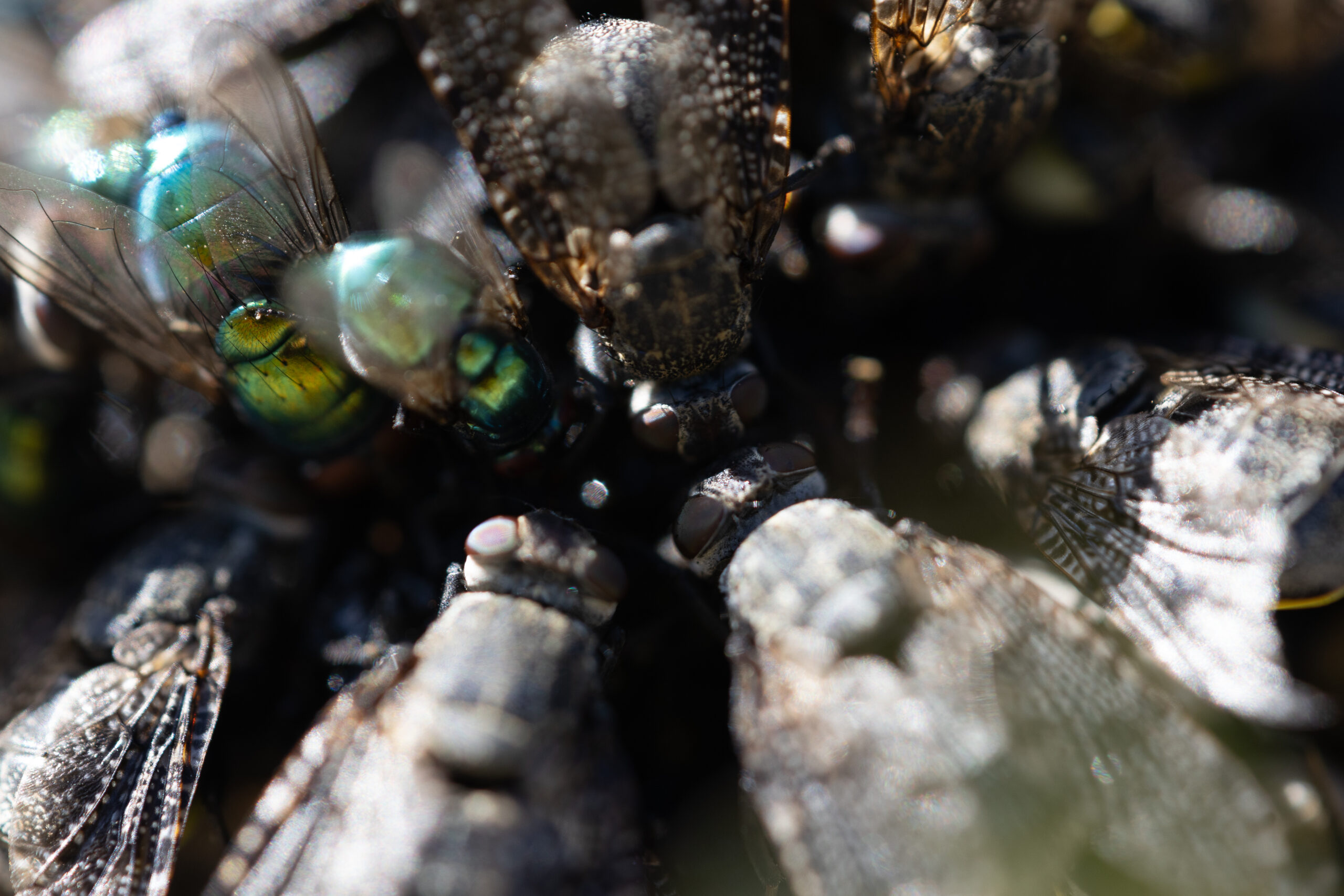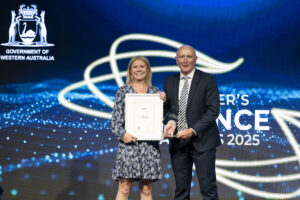You have likely heard of the infamous Great Emu War of 1932. WA soldiers armed with machine guns took on flocks of emus and hilariously lost.
The Great Fly War of 1962 is a lesser known but equally quirky conflict. This time, the stakes were international.
At the time, Perth was hosting the British Empire and Commonwealth Games. The state government was determined to ensure the only buzz would be about the event not swarms of persistent flies.
The 1962 games were Perth’s debut on the world stage. Athletes, officials and even British royalty were set to attend. It was a moment to showcase the city as a modern, vibrant destination. The only drawback was the relentless flies.
And so, 30 years after the Great Emu War, Perth waged war on flies and won.

BUZZ OFF!
Flies weren’t a new problem for Perth.
By the 1930s, local councils had mosquito and fly control programs, spraying and fogging along the Swan River. By the 1950s, these efforts were formalised with the introduction of the Fly Control Committee, which ran public education campaigns to help reduce fly populations.
But the 1962 games were different. This wasn’t about keeping locals comfortable. This was about Perth’s international reputation. With the Commonwealth’s eyes on Perth, the state government wanted to ensure the city wasn’t remembered for the wrong reasons.
And so, the battle began.
State Library of Western Australia
THE STRATEGY: SCIENCE MEETS PRAGMATISM
The government’s solution was to form the special Fly Control Committee dedicated to solving the problem before the games commenced.
Their initial brainstorming produced some ambitious ideas. One of the more dramatic proposals was aerial spraying. The idea was to load planes with insecticide and blanket the metropolitan area, farm style.
After consulting international experts, the committee abandoned the plan. It was too risky, especially with planes needing to fly low overpopulated areas.
Instead, they adopted a ground level approach with four components.
- Public education: The committee launched a statewide campaign to teach people how to reduce fly breeding around their homes. Films, radio broadcasts, leaflets and exhibitions encouraged everyone to secure bins, clean up food scraps and cover compost heaps.
- Fly fighters: Auxiliary Fly Control Officers were recruited and trained to deploy targeted insecticides across Perth. Armed with fogging machines, these officers tackled hotspots like parks, stables and abattoirs.
- Targeted interventions: Rather than spraying indiscriminately, the committee focused on specific problem areas. Market gardens and public spaces were priority targets, with efforts tailored to disrupt fly breeding cycles.
- Scientific monitoring: The committee gathered data. Traps were set up across Perth, and daily fly counts were recorded to guide their efforts.
FLYING HIGH
By the time the games kicked off in November, the committee’s efforts had worked.
While a Perth summer is never completely fly free, the numbers were low enough to hardly be noticed by visitors.
Athletes, dignitaries and spectators enjoyed a relatively buzz free experience. There were a few hiccups bush flies proved resilient at Dalkeith Bowling Club, causing some annoyance but for the most part, it was a triumph.
While it may sound like an amusing chapter of Perth’s history, the Great Fly War was a significant logistical and scientific effort.
It was an early example of how data driven decision making and public education can solve a problem. And in a city as proud as Perth, it meant everything to show the world we could rise to the occasion, even against the odds and flies.
State Library of Western Australia
TIME FLIES
The Great Fly War sits alongside the Great Emu War in WA’s long history of peculiar battles.
Unlike the emu debacle, this one ended in victory in the short term, anyway. The Fly Control Committee disbanded after the games, but fly control continued for decades.
This chapter of WA’s history showcases Perth’s can-do attitude towards problem solving.
This was a city that understood the value of preparation, science and rallying a community to join forces against a common ‘enemy’. Whether it’s a bird or a bug, West Aussies don’t back down.
So, the next time you swat a fly this summer, spare a thought for the folks who turned a potential national embarrassment into a quiet triumph unlike the Great Emu War, which made us the laughingstock of Australia…









